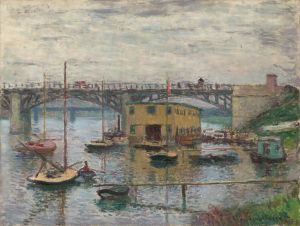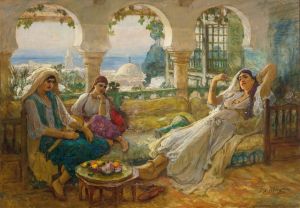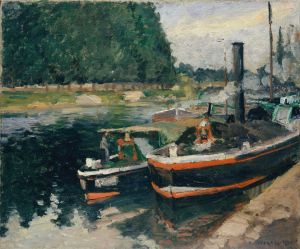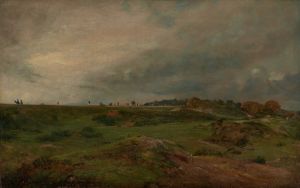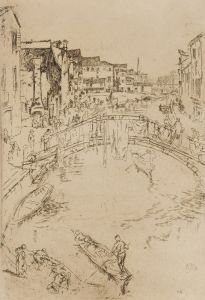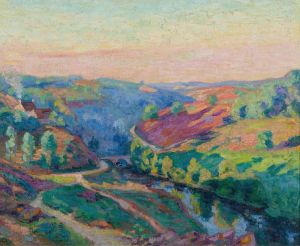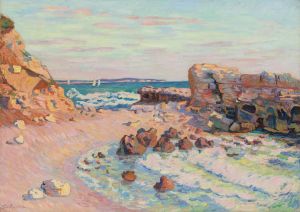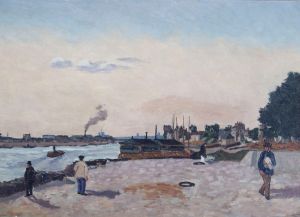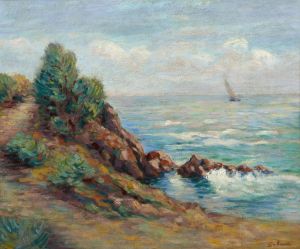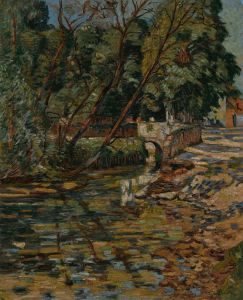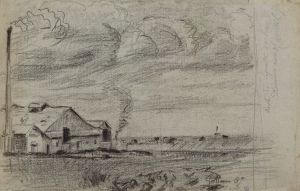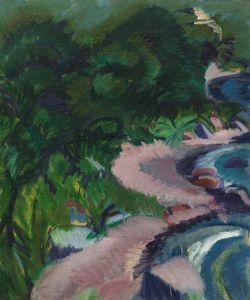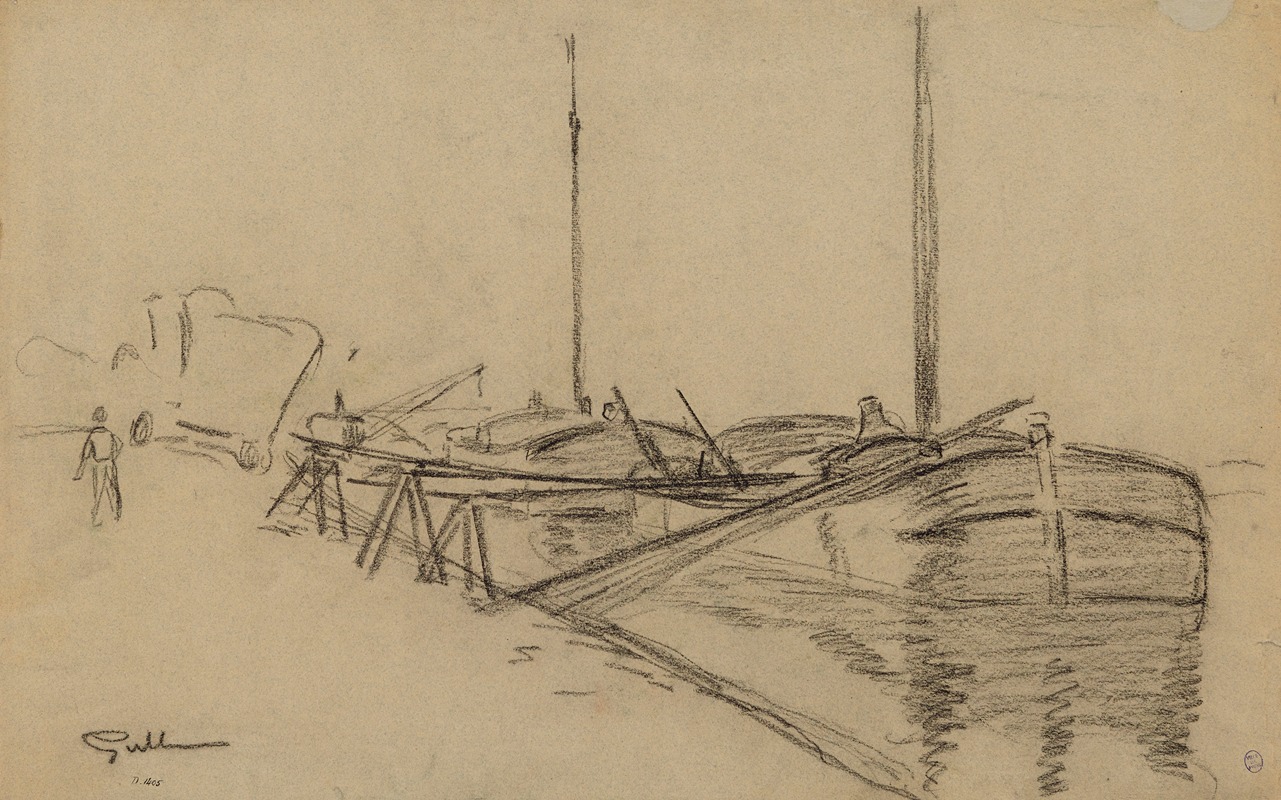
Péniche
A hand-painted replica of Armand Guillaumin’s masterpiece Péniche, meticulously crafted by professional artists to capture the true essence of the original. Each piece is created with museum-quality canvas and rare mineral pigments, carefully painted by experienced artists with delicate brushstrokes and rich, layered colors to perfectly recreate the texture of the original artwork. Unlike machine-printed reproductions, this hand-painted version brings the painting to life, infused with the artist’s emotions and skill in every stroke. Whether for personal collection or home decoration, it instantly elevates the artistic atmosphere of any space.
Armand Guillaumin (1841–1927) was a French Impressionist painter known for his vibrant use of color and depictions of landscapes, rivers, and urban scenes. Among his works is the painting titled Péniche, which translates to "barge" in English. This artwork reflects Guillaumin's interest in capturing the interplay of light and color in natural and industrial settings, a hallmark of the Impressionist movement.
Péniche depicts a scene involving a barge, likely situated on a river or canal. Guillaumin often painted along the Seine River and other waterways in France, where barges were a common sight due to their role in transporting goods. The painting exemplifies his ability to blend natural and man-made elements, showcasing his fascination with the changing landscapes of 19th-century France. The use of bold, expressive brushstrokes and a vivid color palette is characteristic of Guillaumin's style, which was influenced by his close association with other Impressionist artists, such as Claude Monet and Camille Pissarro.
Guillaumin's works often focused on the effects of light at different times of the day and in varying weather conditions. In Péniche, the artist likely sought to capture the atmosphere of the scene, emphasizing the reflection of light on the water and the textures of the surrounding environment. His attention to detail and his ability to convey the movement of water and the weight of the barge demonstrate his technical skill and artistic vision.
While Guillaumin was not as commercially successful as some of his contemporaries during his lifetime, his works have since gained recognition for their contribution to the Impressionist movement. Today, paintings like Péniche are appreciated for their vibrant energy and their documentation of the industrial and natural landscapes of 19th-century France.
Specific details about the exact location or date of creation of Péniche are not widely documented. However, it is consistent with Guillaumin's broader body of work, which often explored themes of modernity and nature. The painting is an example of his dedication to capturing the beauty of everyday scenes, transforming them into vivid and dynamic compositions.
If more detailed information about Péniche becomes available, it would provide further insight into its historical and artistic significance. For now, it remains a testament to Guillaumin's skill as a painter and his role within the Impressionist movement.





